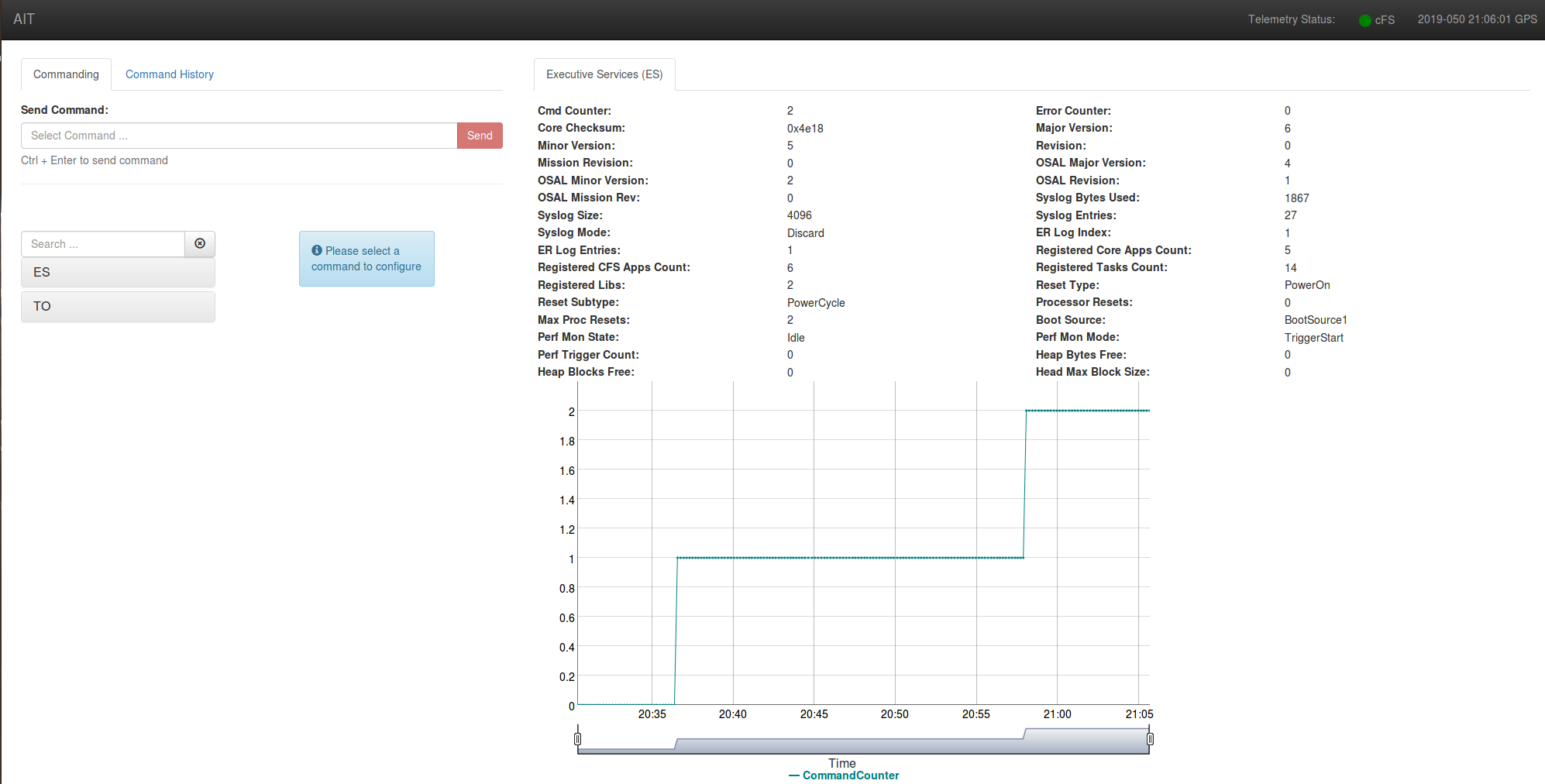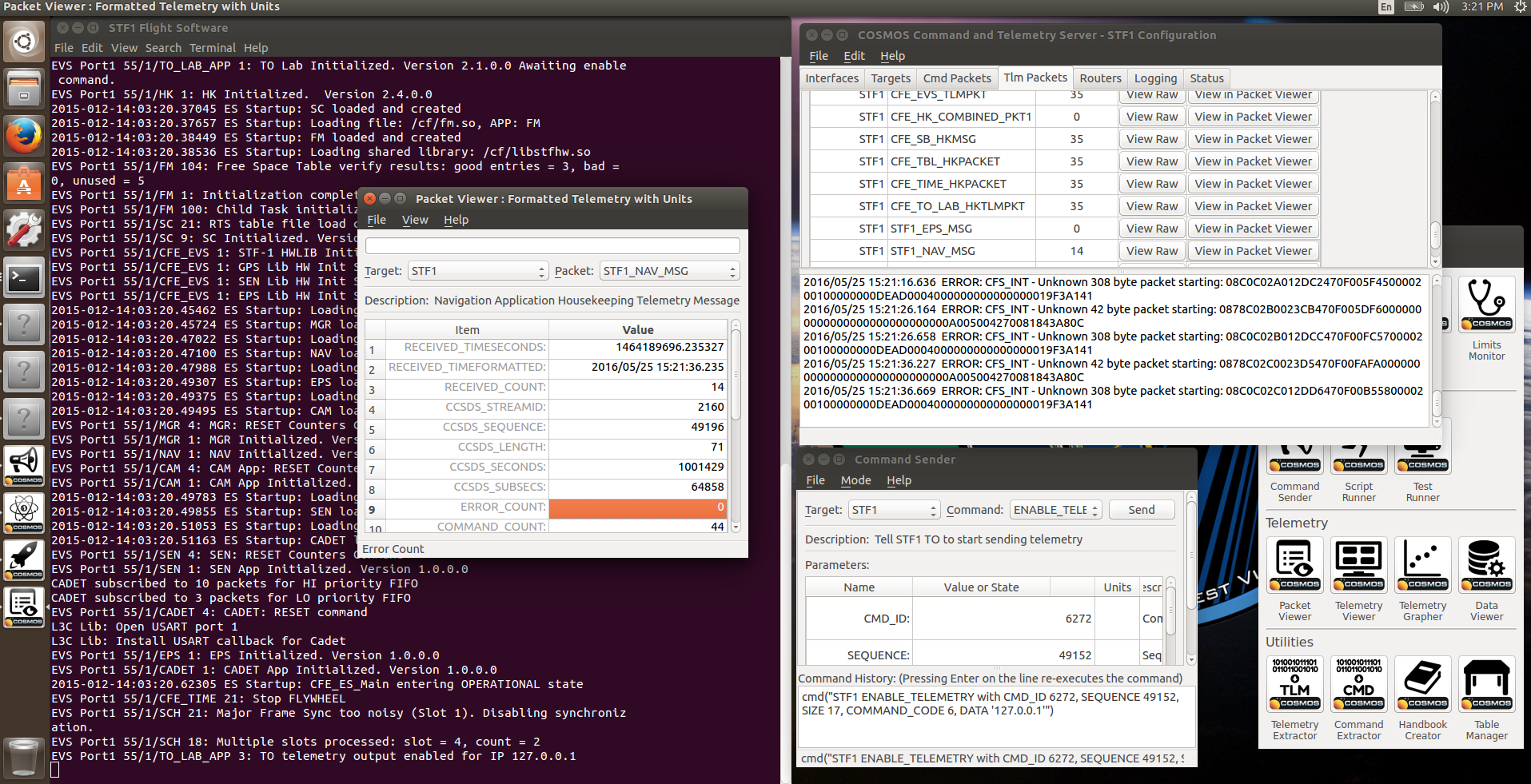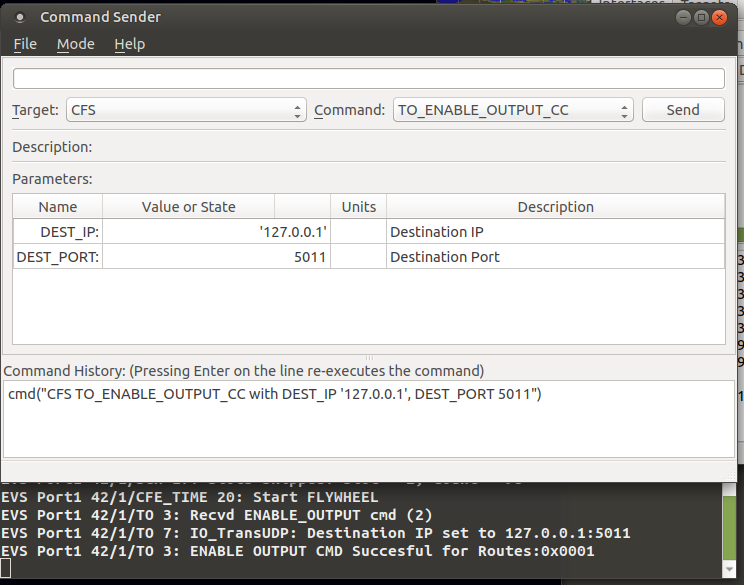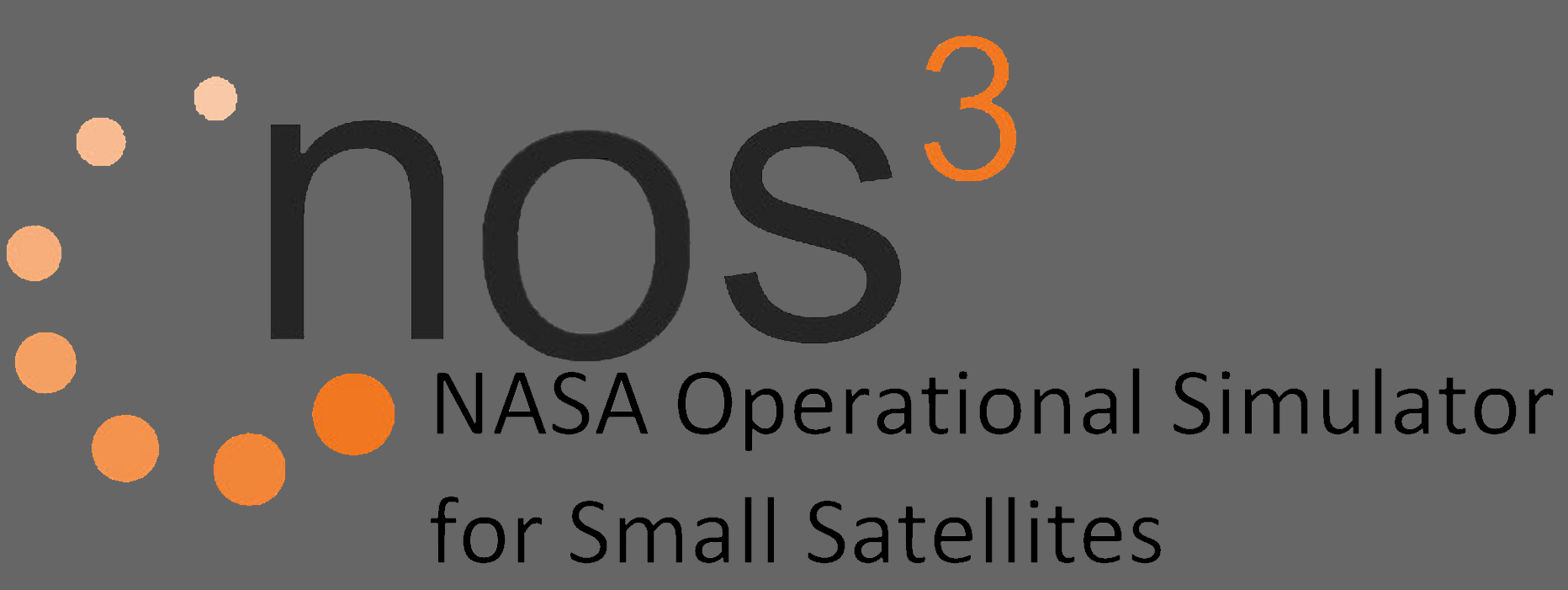GROUND SYSTEMS
AIT Ground System
nos3/gsw/ait - The folders in that path get copied over the default AIT folder when the NOS3 VM gets created.
The AMMOS Instrument Toolkit is a Python-based software suite developed by JPL to handle Ground Data System (GDS), Electronic Ground Support Equipment (EGSE), commanding, telemetry uplink/downlink, and sequencing for JPL International Space Station and CubeSat Missions.
If AIT is the ground station utilized, the project repository is installed under the AIT directory and a python virtual environment is created during installation. The default AIT installation is under the "ait" virtual environment and a cFS specialized project is installed under the "ait-cfs" virtual environment. If the user wants to create their own Ground Station using AIT they may use the ait virtual environment. This document uses the AIT-cFS installed in the "ait-cfs" virtual environment. AIT web interface is pictured below.

COSMOS Ground System
nos3/gsw/cosmos - The folders in that path get copied over the default cosmos installation when the NOS3 VM gets created.
COSMOS is open source provided via Ball Aerospace and is included with NOS3 to provide a ground station for the simulated spacecraft. The telemetry and commands from cFS can be streamed in real-time. One limitation is that data rate throttling is not currently supported.

The link to a Ground Station is completed by two applications in cFS. These are the command ingest (CI) and telemetry output (TO) applications. In NOS3 these apps utilize UDP to communicate and are not meant for flight operations. The TO link is closed by default on start-up, but can be activated by sending a specific command packet. Commanding is done by using the Command Sender tool in COSMOS using the target CFS with a single command to TO_ENABLE_OUTPUT_CC. Once sent, the TO app will reply stating that telemetry is enabled. This is demonstrated in the screenshot below. It should be noted that only telemetry listed in the to_config.h will be captured. Additional telemetry can be appended as necessary.

All communications to, from, and internal to cFS are formatted using the CCSDS standard packet type with the secondary header enabled. This secondary header allows the specific command to be passed to the application specified in the primary header. COSMOS requires knowledge of these commands and telemetry structures to be able to construct and interpret them as needed. An example is provided below:

